Roofing Boots: Key Features for Safety and Stability on High Surfaces

Working on roofs presents unique challenges that require specialized footwear to ensure safety, stability, and comfort. The right pair of boots is crucial for roofers to perform their tasks efficiently and safely on elevated surfaces.
Essential Features for Safety in Roofing Boots
Slip Resistance
One of the most critical features for roofing boots is slip resistance. Roofs can be slippery, especially in wet or icy conditions. Boots with superior grip and traction help prevent slips and falls, ensuring the roofer’s safety.
Example: Boots with deep tread patterns and specialized rubber soles provide excellent traction on various roofing materials, reducing the risk of accidents.
Ankle Support and Stability
Working on sloped surfaces requires exceptional balance and stability. High-shaft boots offer enhanced ankle support, reducing the risk of sprains and injuries while moving on uneven or inclined surfaces.
Example: High-shaft boots provide the necessary support to keep ankles stable and protected when walking on sloped roofs or navigating ladders.
Impact Protection
Roofers often work with heavy tools and materials that can accidentally fall. Boots with reinforced toes, such as steel or composite toe caps, offer protection against impact and compression injuries.
Example: Reinforced toe caps protect feet from falling tools or heavy materials, ensuring safety during roofing tasks.
Essential Features for Comfort in Roofing Boots
Cushioned Insoles
Roofing work involves standing and walking for long periods. Cushioned insoles provide necessary impact absorption and support, reducing foot fatigue and ensuring comfort throughout the workday.
Example: Cushioned insoles help absorb the impact of climbing and standing on hard surfaces, reducing foot fatigue and discomfort during long hours.
Breathable Linings
Roofers often work in hot and sunny conditions, which can lead to sweaty feet. Boots with breathable linings help keep feet cool and dry by allowing air circulation and wicking away moisture.
Example: Breathable linings prevent sweat buildup, reducing the risk of blisters and discomfort during intense physical activity in hot weather.
Lightweight Design
Heavy boots can add unnecessary strain, especially when working on sloped surfaces. Lightweight boots provide the necessary protection and support without adding extra weight, enhancing mobility and comfort.
Example: Lightweight boots allow roofers to move more freely and comfortably, reducing fatigue and improving efficiency.

Why Choose the Forefront Boot?
The Forefront Boot is specifically designed to meet the demanding needs of roofers. It combines essential safety and comfort features, making it an ideal choice for professionals working on high surfaces.
- Slip Resistance: Equipped with deep lug soles for superior traction on various roofing materials, ensuring maximum stability and safety.
- Ankle Support: High shafts and reinforced ankle areas provide enhanced stability and protection, crucial for working on sloped and elevated surfaces.
- Impact Protection: Features composite or steel toe caps for protection against falling tools and materials.
- Comfort: Includes cushioned insoles and breathable linings for all-day comfort and reduced foot fatigue.
- Lightweight Design: Designed to be light and nimble, reducing strain and enhancing mobility on roofs.
Check out the Forefront Boot to experience its comprehensive features tailored for roofers. With its advanced safety, stability, and comfort features, the Forefront Boot stands up to the toughest roofing challenges, making it the ultimate choice for roofing professionals.

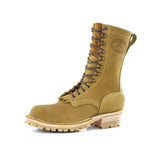

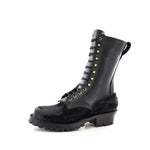
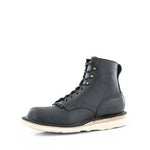
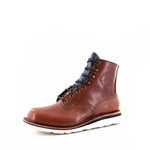
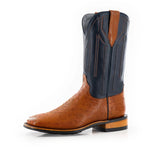
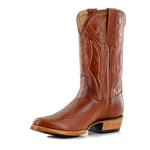
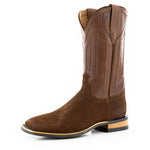
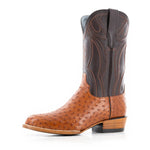


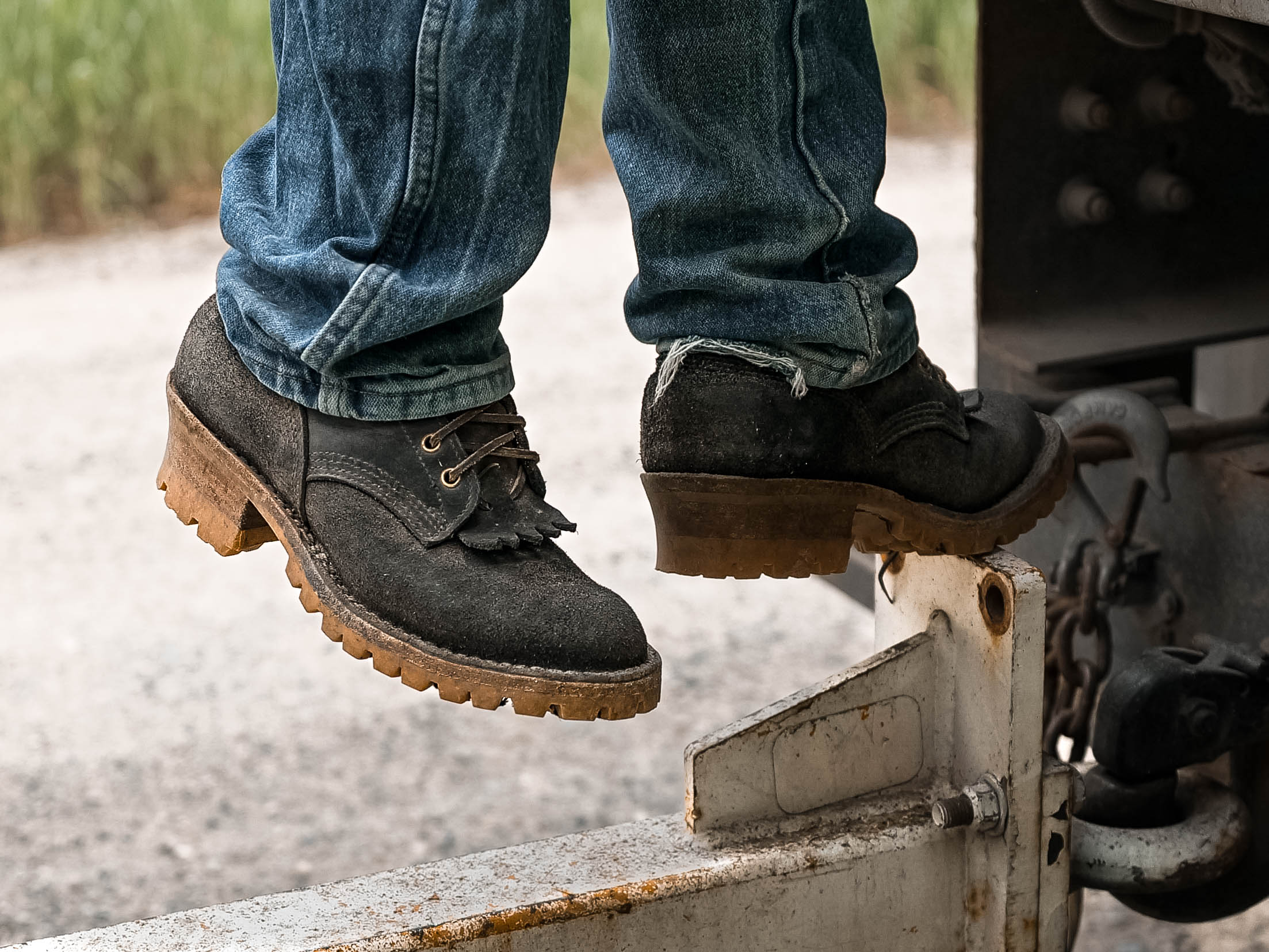
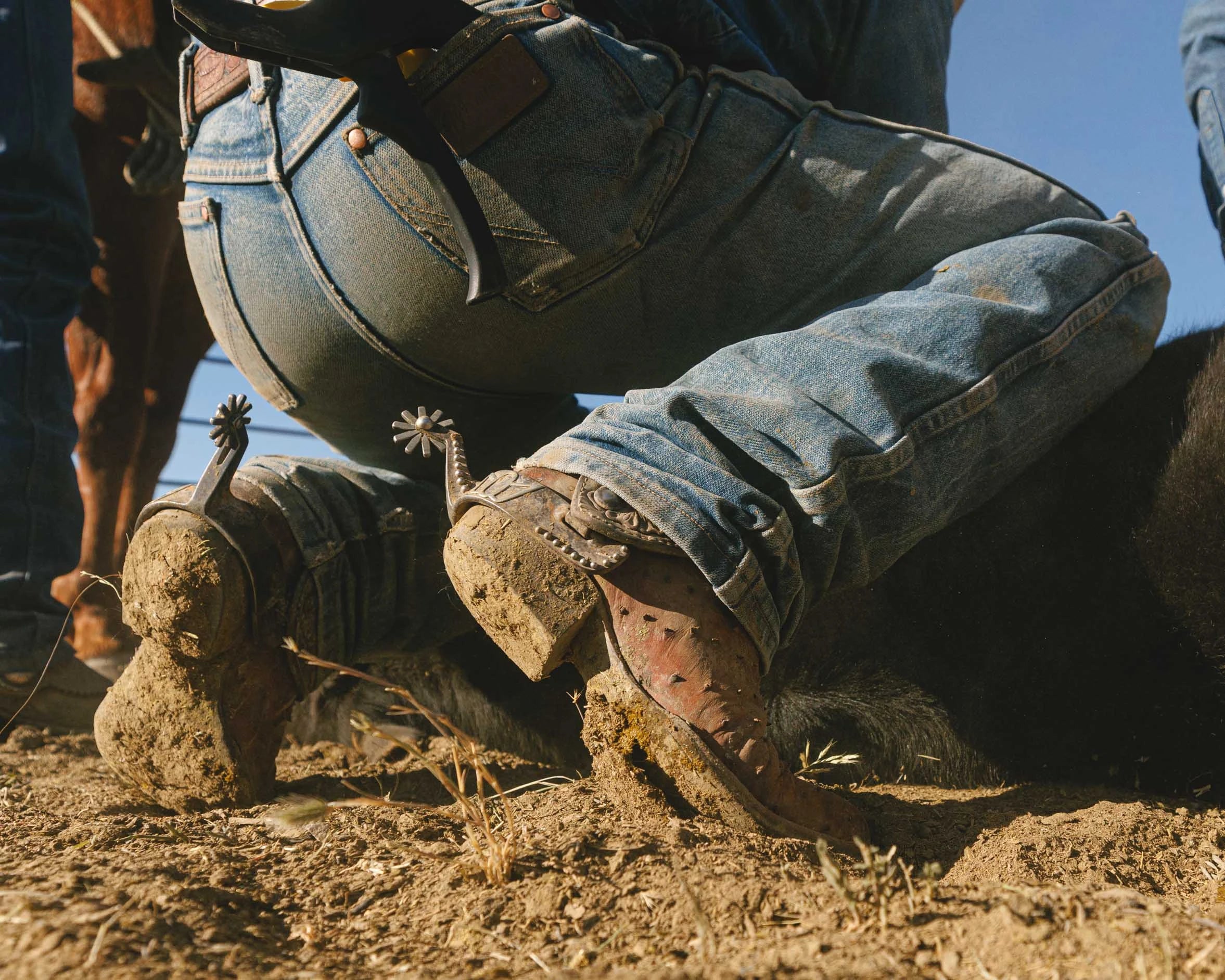
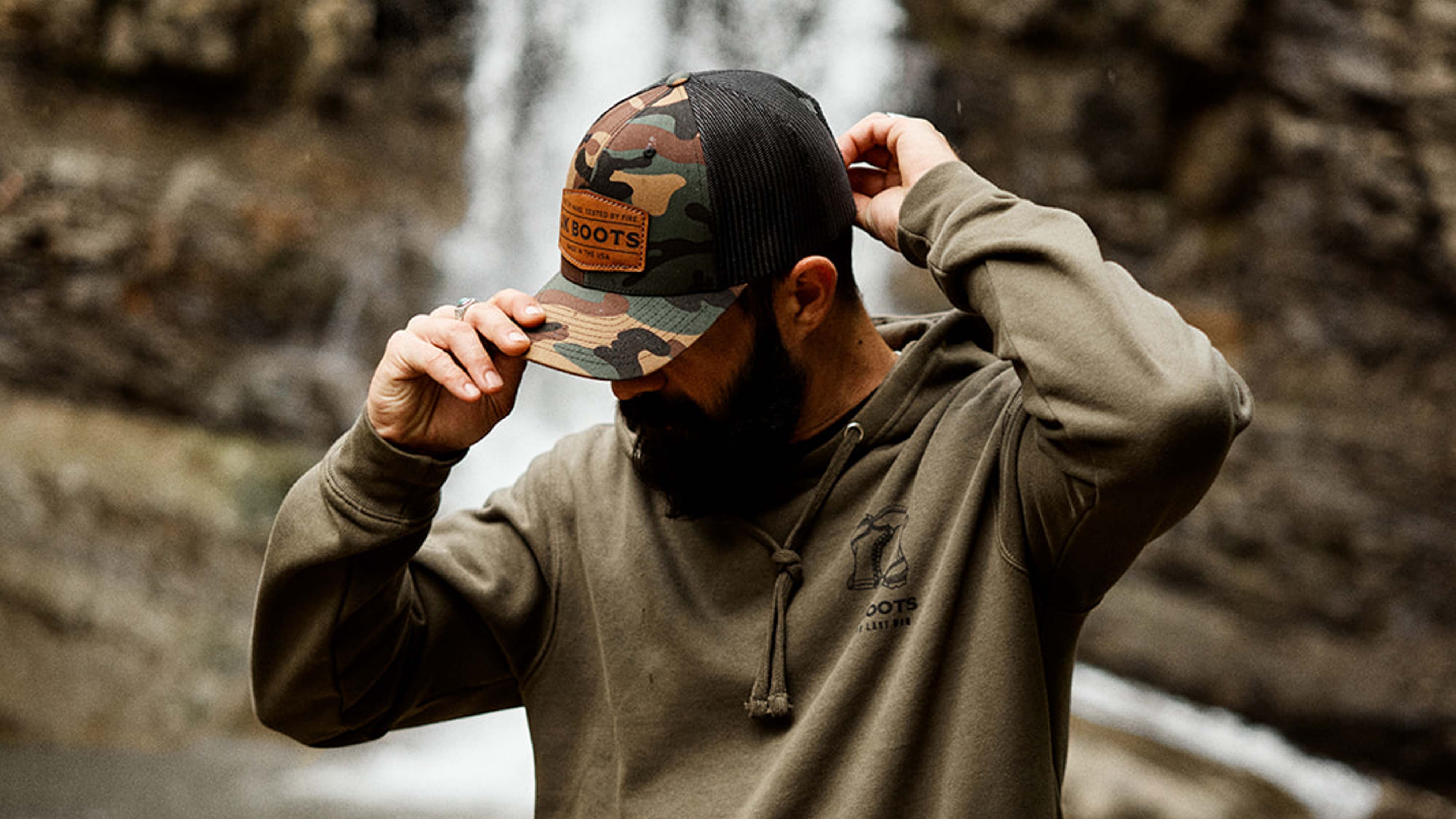
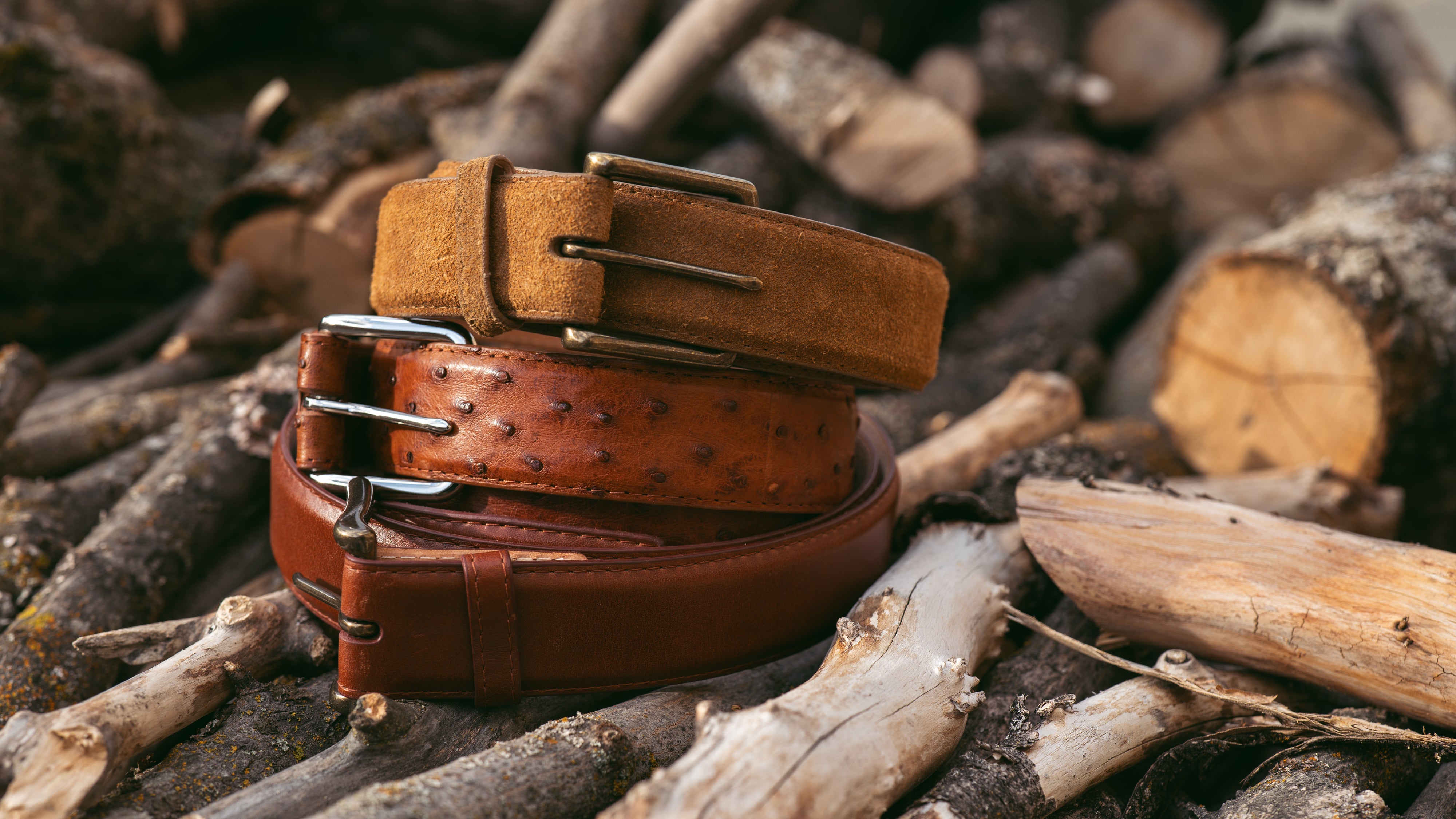
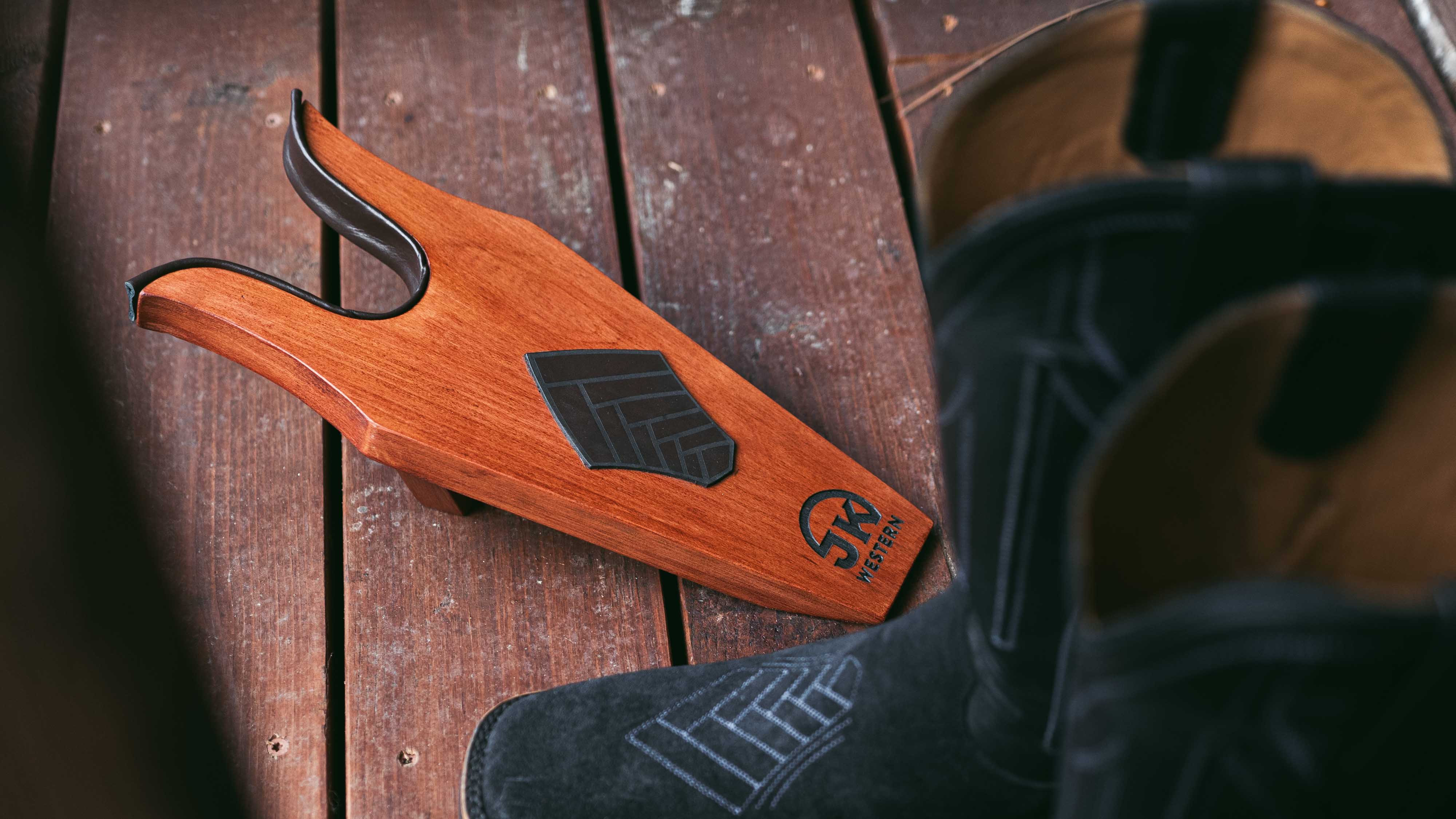
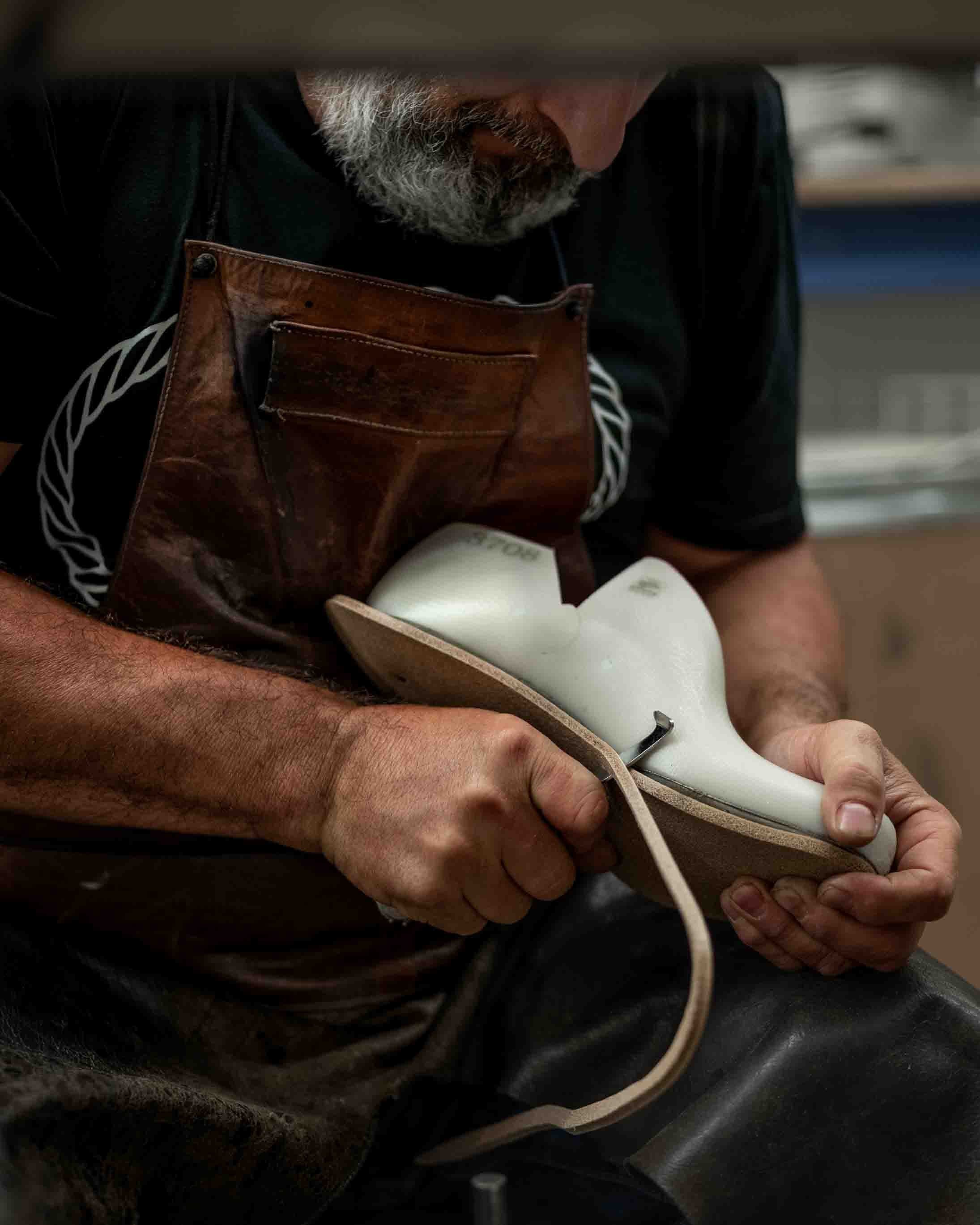
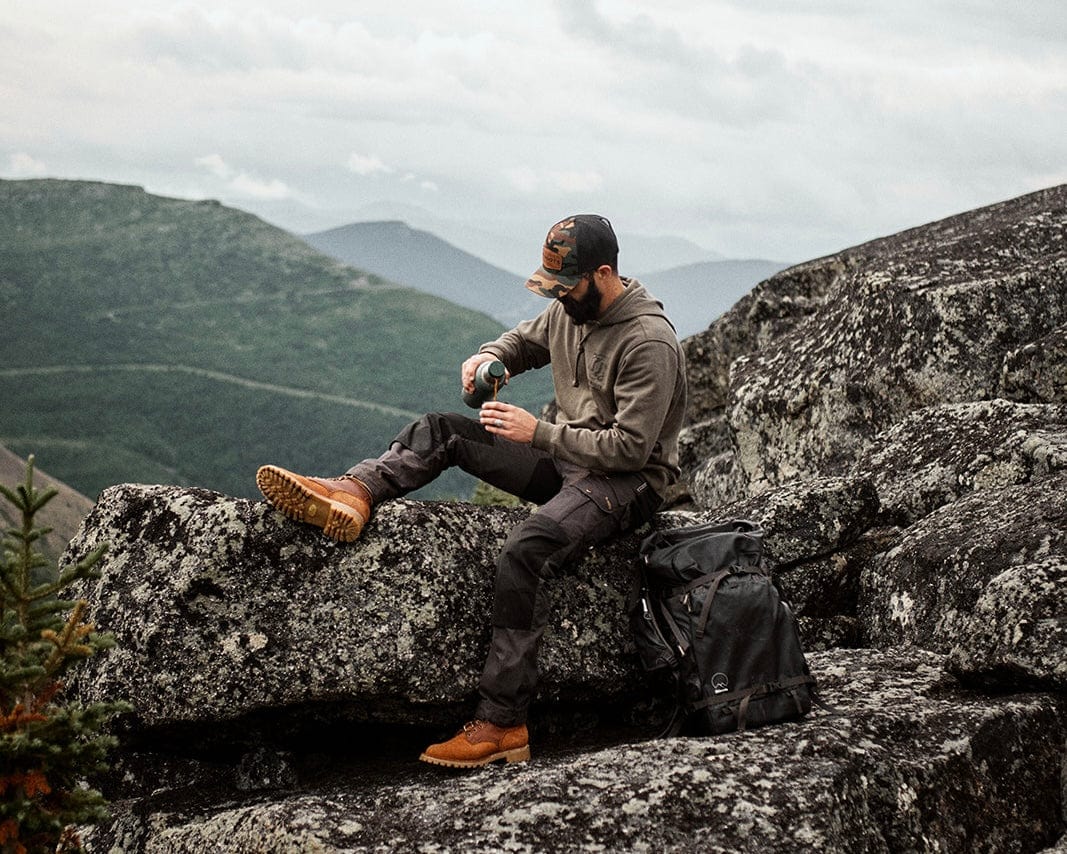
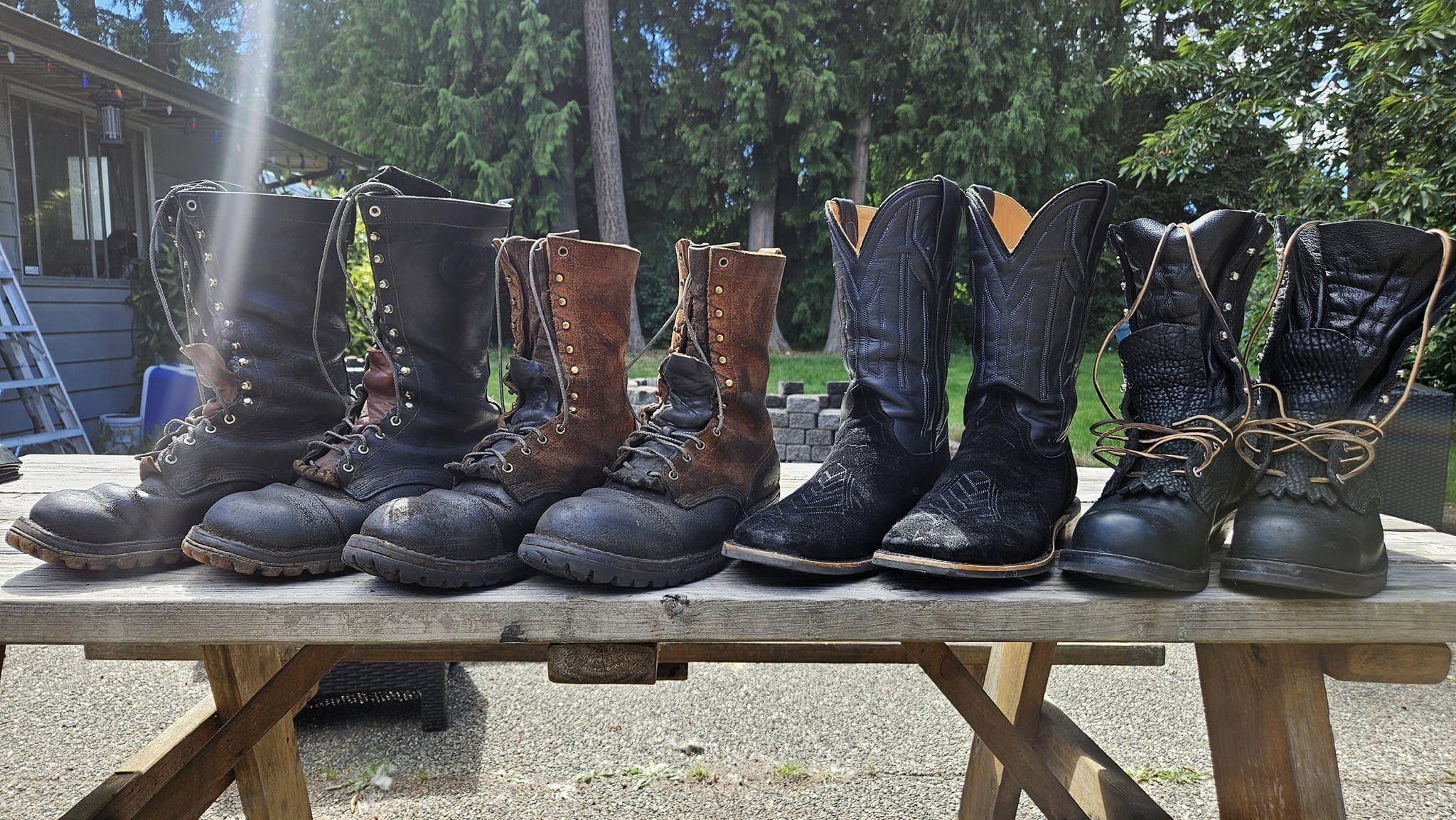
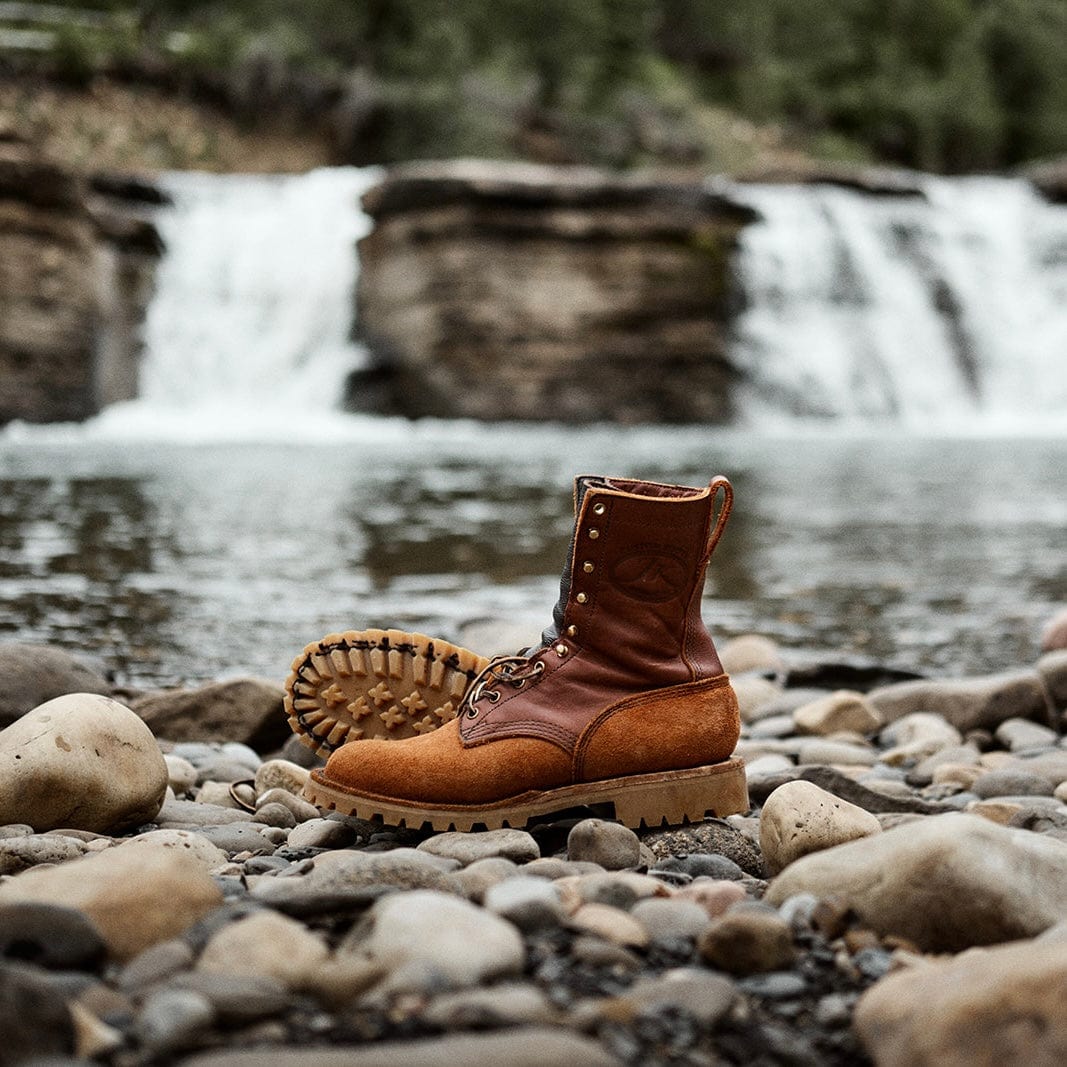
Leave a comment